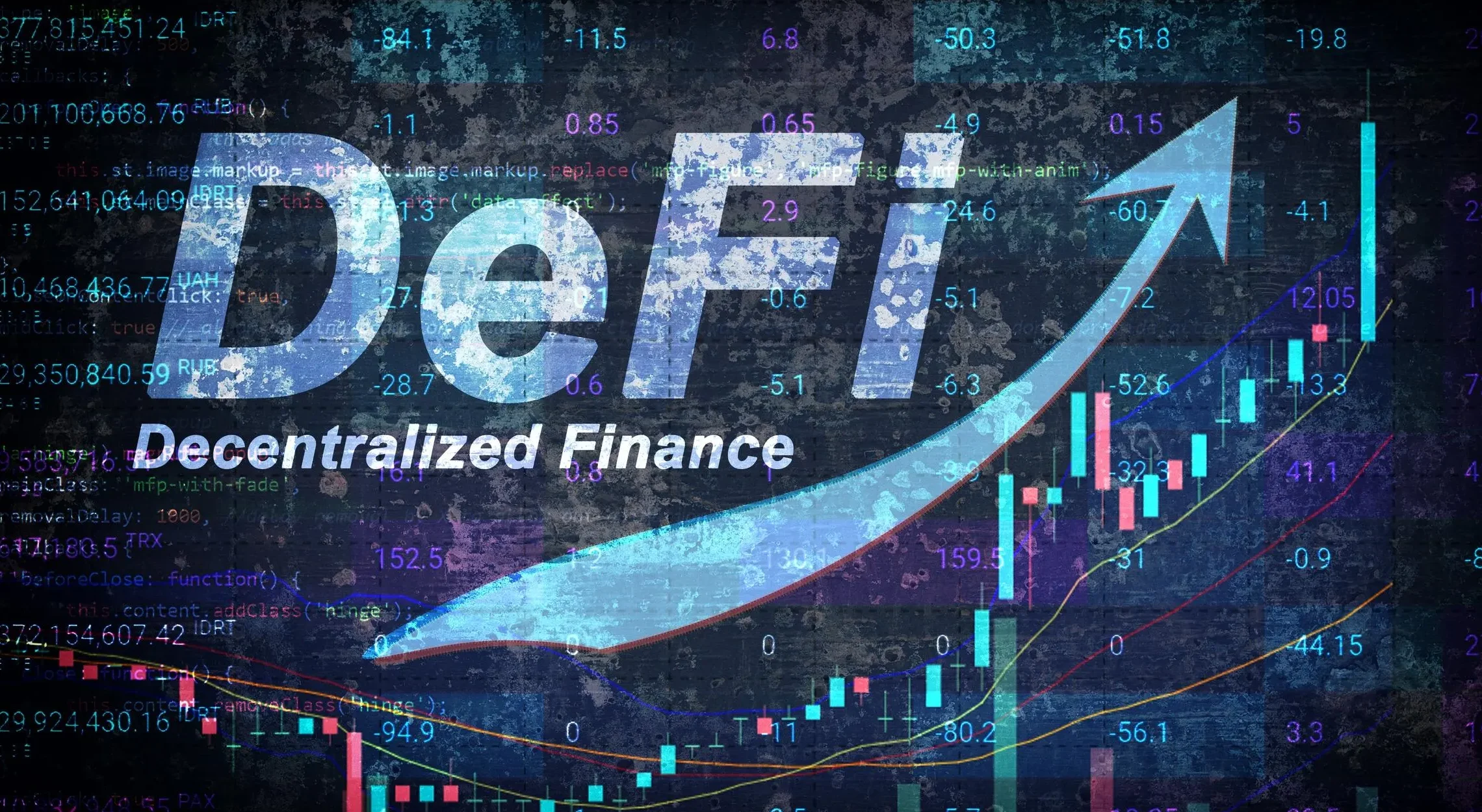DeFi Whale Avoids $106M Liquidation Amid Market Volatility

A major event shook the distributed finance (DeFi) market in March 2025 when a well-known Ethereum price whale’s holdings under liquidation risk of $106 million were threatened. Developed in a great market volatility, this high-stakes scenario emphasizes the risks and challenges of leveraged positions inside DeFi. This article looks at the details of this notable liquidation event, the broader effects on the DeFi ecosystem, and the lessons that could be learned from it.
DeFi Whale Avoids Liquidation
News that a whale, with a 60,810 ETH position, would be liquidated on MakerDAO, one of the biggest DeFi loan platforms, rocked the DeFi community on March 11, 2025. The value of the whale’s ETH holdings at that time was approximated at $109 million. Set at $1,798.64 per ETH, the liquidation price seemed perilously close to the going market price. The price of ETH has dropped to about $1,791, endangering its automatic liquidation status and so causing a big loss for the investment.

Fortunately for the whale, the situation was averted when the oracle price on MakerDAO remained at $1,806.31, slightly above the liquidation threshold. This small cushion gave the whale enough time to take corrective action and prevent the forced liquidation of their substantial position. The whale’s choice to deposit more collateral to sustain the loan and preserve the necessary collateral was one of the main actions taken to prevent disaster. Although this approach stopped liquidation, it made clear that leveraged trading on DeFi systems carries inherent dangers.
Whale Liquidation Impact
The upheaval persisted well beyond the MakerDAO whale. Another whale, this time on the Aave lending platform, too, ran comparable hazards during the same market fall. Having 25,800 ETH, this person sold it for a notable loss of more than $32 million. The whale was compelled to sell some of its ETH holdings in order to prevent more losses, which helped to fuel the developing market panic. Extra sell-offs spurred by this liquidation event aggravated the ETH price decline.
The market upheaval showed a cascade effect whereby the liquidation of one whale set off a series of sell-offs by other dealers attempting to prevent like outcomes. These forced liquidations, taken together, had a combined effect that led ETH’s price to tumble even further, by more than 8% in just one hour. This abrupt decline caused long bets worth about $100 million to be sold across several exchanges, aggravating the market’s volatility. These incidents acted as a sobering reminder of how vulnerable and interconnected we are. The DeFi space can be when significant leveraged positions are engaged.
DeFi Leverage Risks
DeFi members woke up from their March 2025 liquidation activities. Although leveraged trading allows significant gains, it also exposes traders to risk. Traders in the DeFi area can borrow against their crypto assets to reveal themselves, but this approach calls for strict risk control. As this case shows, a quick price decline can set off forced liquidations that result in significant losses.
This lesson is obvious: DeFi traders should use prudence when using leverage, especially in highly volatile markets. The promise of possible gains without fully appreciating the risks involved has occasionally seduced traders into complacency in the past. Like these whales, they can rapidly confront the terrible effects of liquidations when the market goes against them.
DeFi Risk Management
Understanding the inherent dangers and using effective risk management. The techniques are vital for users of DeFi staking platforms like MakerDAO and Aave. Platforms that usually offer leverage have liquidation systems to safeguard the lender and the borrower. These systems, however, cannot stop liquidation in the event of very significant price swings. Thus, DeFi users must be careful to keep their collateralization and prepare for market downturns by including backup strategies.

Traders might decide to set more cautious loan-to-value ratios (LTV), for instance. The lowering of the risk of liquidation in a market fall. Additionally, enough liquidity to cover collateral should the value of the underlying asset begin to decline is crucial. Some traders also apply stop-loss orders or other risk-reducing devices to reduce the possible influence of significant price movements.
Final thoughts
The March 2025 liquidation of $106 million worth of ETH. They were a sobering reminder of the dangers involved in DeFi market-leveraged holdings. DeFi has problems, especially in relation to price volatility and leverage, even if it presents major chances for decentralization. These incidents made clear how urgently stronger risk management techniques and a greater awareness of the dynamics in action in the DeFi area are needed.
As the market evolves, participants and platforms must know the dangers and take precautions against sudden downturns. This issue should inspire more conservative leverage, risk management tools, and platform protections. A delicate balance between creativity and caution will ensure DeFi users can participate without falling victim to its instability.




